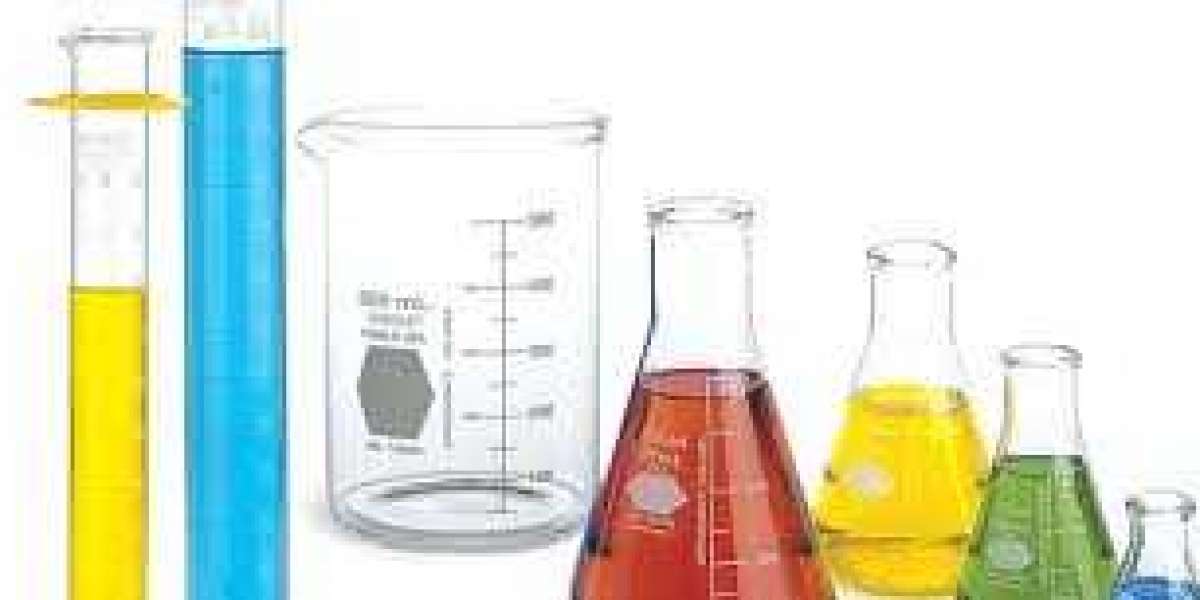The 1,3-butylene glycol market is predicted to generate a revenue of $227,057.5 thousand by 2030, increasing from $139,994.9 thousand in 2019, advancing at a 5.0% CAGR during the forecast period (2020–2030).
The geriatric population is increasing at a rapid pace, along with which, the consciousness regarding physical appearance has been growing as well. Aged people often spend money on products that can help making their skin look younger. In addition to this, the disposable income of people is growing as well, owing to which, a larger number of people are now able to spend money on luxury items, such as cosmetics. These factors, in turn, are resulting in the growth of the cosmetic industry.
A key product that is utilized in the cosmetic industry is 1,3-butylene glycol, and therefore, the expanding cosmetic industry is resulting in its increasing demand. 1,3-butylene glycol is extensively utilized as a humectant in cosmetics, since it serves as a viscosity-decreasing component. In addition to this, it stabilizes the volatility of compounds, including flavors and fragrances, and fixes them in cosmetic formulations, prevents the spoilage of cosmetics which can be caused because of microorganisms, and aids in aroma retention.
This is leading to the
growth of the global 1,3-butylene glycol market. Other than the cosmetic industry, this compound is also being used widely in the pharmaceutical industry. The antibacterial properties of 1,3-butylene glycol make it an ideal pharmaceutical ingredient. The industry is expanding at a swift pace, primarily in the developing countries of Latin America and Asia, as manufacturers are leveraging the advantage of untapped areas, which is further predicted to drive the growth of the market.
The 1,3-butylene glycol market is predicted to generate a revenue of $227,057.5 thousand by 2030, increasing from $139,994.9 thousand in 2019, advancing at a 5.0% CAGR during the forecast period (2020–2030). On the basis of product, the market is categorized into industrial grade and pharmaceutical grade, between which, the pharmaceutical grade is projected to advance at a faster pace during the forecast period. This products is increasingly being utilized in food, personal care, and cosmetic industries across the globe.
When function is taken into consideration, the market is divided into intermediate, humectant, stabilizer, and emollient, out of which, the humectant division, held the major share of the market in 2019. The division is further predicted to contribute the largest revenue share to the market during the forecast period as well, due to the fact that 1,3-butylene glycol is extensively used as a humectant in personal care and cosmetic products, including body cleansers, facial creams, after-sun lotions, eye lotions, and frizz serums.
The Asia-Pacific (APAC) region dominated the 1,3-butylene glycol market in 2019, as per a study conducted by PS Intelligence. The consumption of this compound is growing in emerging economies in the region, including Thailand, China, India, and Indonesia due to the rising disposable income of people. People are increasingly spending money on beauty and cosmetic care products, thereby leading to the high demand for this compound. Moreover, the increasing population in the region is also expected to high demand for 1,3-butylene glycol in APAC.
Hence, the market is being driven by the expansion of cosmetic and pharmaceutical industries.
